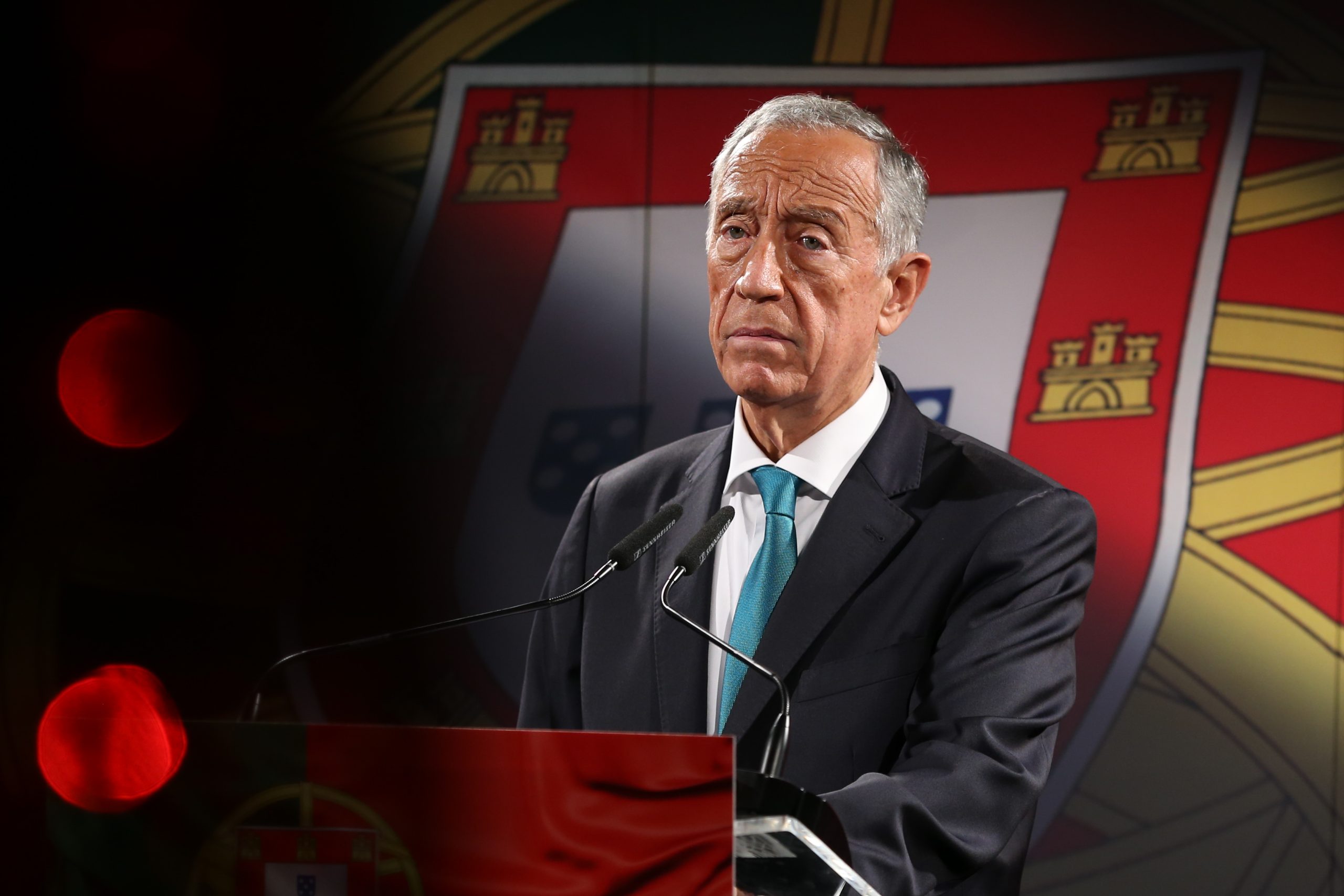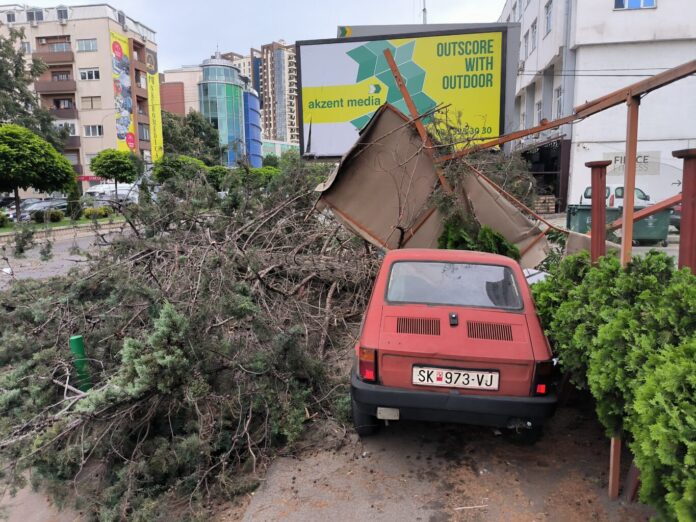‘Clandestine dollar’ fires in Venezuela

The « clandestine dollar » fired in Venezuela and rekindled the fears of an increase in inflation. The situation resembles the worst years of the economic crisis that forced millions of Venezuelans to migrate.
As uncertainty reigns about the hardening of US sanctions against Venezuela, the dollar quotation broke the barrier of 100 bolivars in the parallel market this week. This market emerged in the shadow of the strict exchange controls that had been in force for 15 years.
The official rate is 69.5 bolivars per dollar and the difference between the two quotes, which arrives close to 50%, presses prices, while authorities oblige trade to join the official exchange rate under closures and fines.
The divergence had already begun in the second half of 2024, around 20%, but the phenomenon worsened after the decision of Donald Trump’s government to revoke the license of the American oil oil to operate in Venezuela.
According to the AFP agency, the « announcement » of the departure of Chevron « generated immediately great concern », which led to an increase in demand for dollars, with the Venezuelans seeking to protect their economies at a time when supply in the formal market has decreased.
The current situation resembles the serious crisis lived during the eight years of recession that plagued the country between 2013 and 2020, during which the economy shrank 80% and Venezuelans faced hyperinflation, which reached 130,000% in 2018, and a sharp shortage of food and medicines.
To stabilize the official rate, the government periodically injects dollars into the exchange market. In 2024 alone, five billion were invested. The so -called “currency interventions”, however, fell, reaching 634 million in 2025 compared to 934 million in the same period last year.
In this context, there was an announcement of the end of the Chevron license, as well as Washington’s threat to impose tariffs on Venezuelan oil buyers. Twenty -five percent of Venezuelan oil production, currently around 900,000 barrels per day, comes from Chevron’s operations.







:format(webp)/s3/static.nrc.nl/wp-content/uploads/2025/06/05163439/data133217982-f902a2.jpg)
